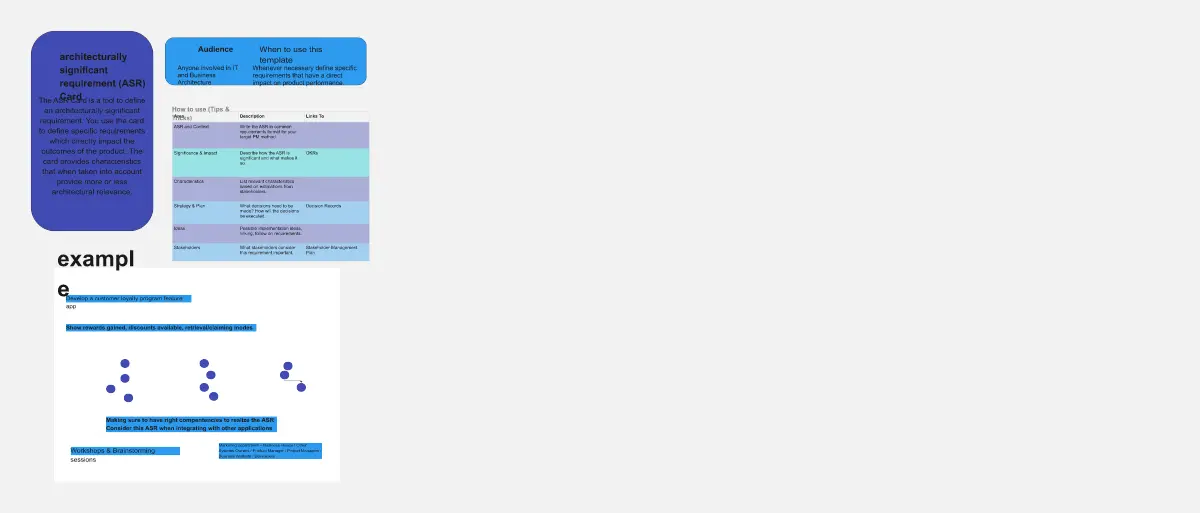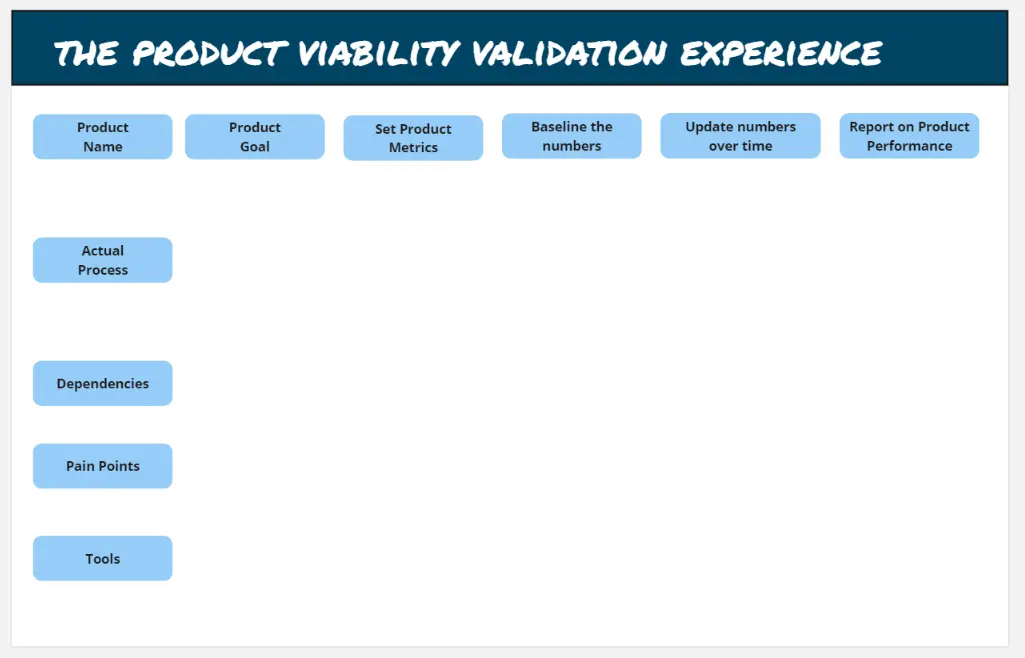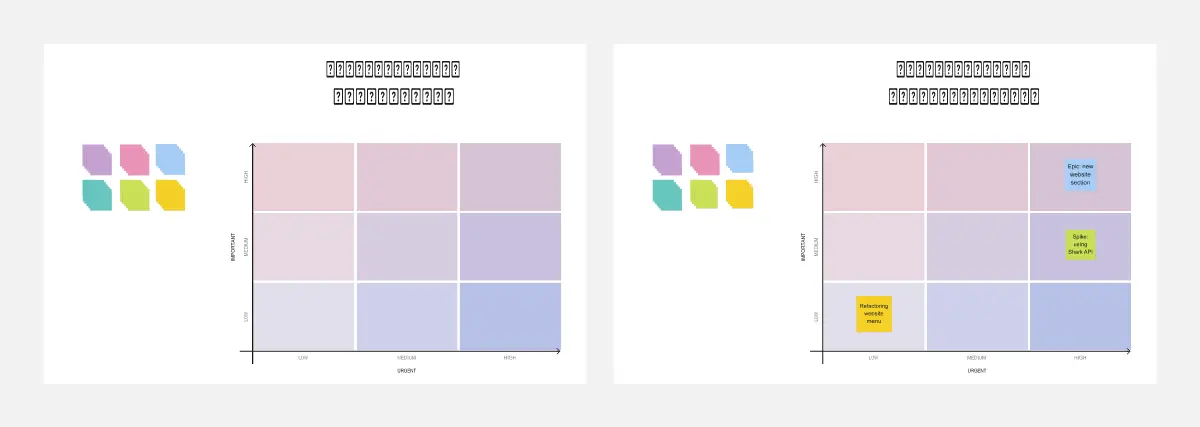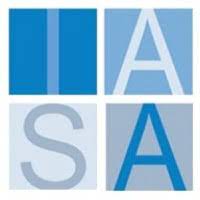IASA - OKR Card
About this canvas: Objectives are one of the key areas to understanding business outcomes in the BTABoK. The Objective Key Result card represents a single objective which can be measured against a set of key results. The Objectives article describes how to define and understand objectives. The OKR card should be used to understand impacts to the business model through strategy setting and benefits analysis.
This OKR card provides a structured framework for architects to define clear objectives, track progress, and align their work with broader organizational goals. The card itself has several core sections. First is the “Objective” section, where architects articulate a concise and ambitious goal that directly supports the organization’s strategic direction. This objective should be challenging yet achievable, inspiring focus and driving effort. Next, the “Key Results” section defines the quantifiable metrics that measure progress towards the objective. These key results should be SMART: Specific, Measurable, Achievable, Relevant, and Time-bound. Ideally, 3-5 key results provide a clear picture of success. The “Actions” section represents the concrete steps that will be taken to achieve the key results, translating the OKR into tangible deliverables. Finally, the “Objective Alignment” section is where the BTABoK’s influence is most apparent, and it’s critical to the process. Here, architects explicitly connect their objective to specific TASA goals and assess the potential impact. This reinforces the strategic value of their work and ensures that efforts contribute to the overarching vision of the organization.
How to use this card
The OKR card bridges strategy and execution. The “Objective” section ensures that architectural initiatives stem from high-level strategic goals. Conversely, the card empowers architects to break down these grand objectives into actionable steps with clear indicators of success, ensuring the organization’s strategic vision becomes a reality.
Step 1: Define the Objective
Begin by crafting a clear and compelling objective. This shouldn’t be a laundry list of tasks, but a single, overarching goal that inspires action. Ensure this objective directly supports the organization’s strategic direction. You can reference the BTABoK’s strategic planning guidance for inspiration and to maintain a focus on alignment.
Step 2: Establish Key Results
Identify 3-5 quantifiable metrics that will measure progress towards your objective. These key results should be SMART (Specific, Measurable, Achievable, Relevant, and Time-bound). They provide tangible benchmarks of success and help you stay focused on what truly matters.
Step 3: Determine Actions
Break down your key results into concrete action steps. What specific initiatives need to be undertaken to achieve your desired outcomes? List these actions, and for each one, define a corresponding measure, target, and date to keep yourself accountable and track progress.
Step 4: Assess Objective Alignment
This is a critical step where the influence of the BTABoK is paramount. Explicitly connect your objective to specific TASA goals. Consider how your work contributes to these overarching aims and assess the potential impact. Document your thoughts in the “Objective Alignment” section to demonstrate the strategic value of your endeavor.
Step 5: Iterate and Revise
The OKR framework is designed for agility and adaptation. Revisit your card regularly (ideally quarterly) to assess progress, make adjustments as needed, and ensure continued alignment with evolving business needs. Think of the card as a living document, not a static artifact.
About IASA Global: IASA Global is a non-profit association for ALL Technology Architects which was established in 2002. The association is committed to improving the quality of the BT architecture industry by developing and delivering standards, education programs and developing accreditation programs and services that optimize the development of the architecture profession. The IASA network and membership consists of approximately 70,000 people in over 50 countries.
IASA Global has created the world's first and only Business Technology Architecture Body of Knowledge, (BTABoK), which is a free public archive of Business Technology architecture best practices, skills, and knowledge developed from the experience of individual and corporate members of IASA.
IASA has added templates for over 30 of the most frequently used BTABoK structured canvases into the Miroverse to help accelerate how Technology Architects collaborate on the architecture of the future. Give one a try today, and learn more about IASA at https://iasaglobal.org/.
Categories
Similar templates





